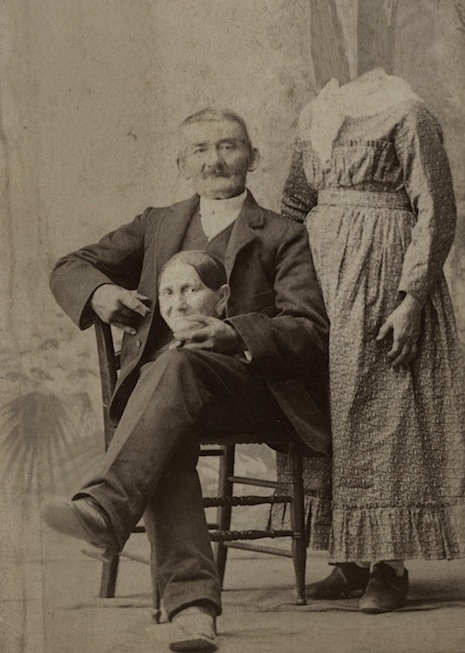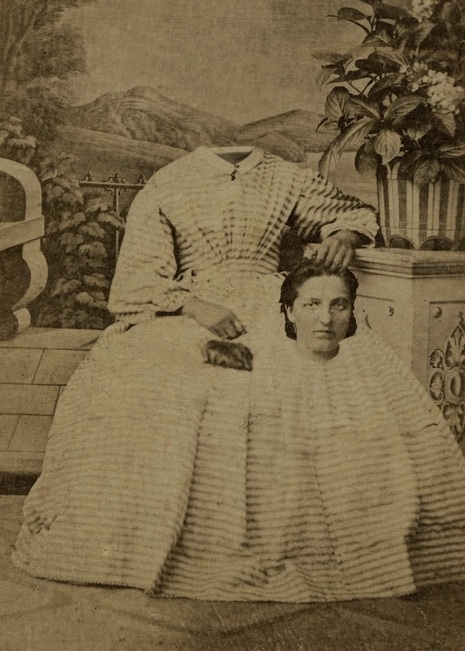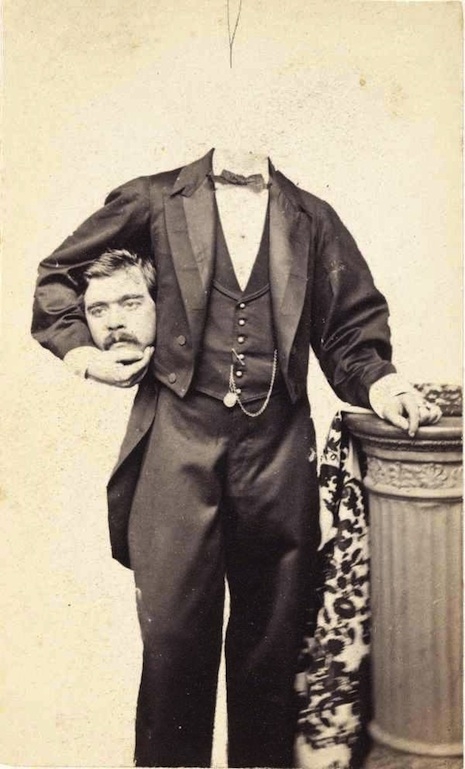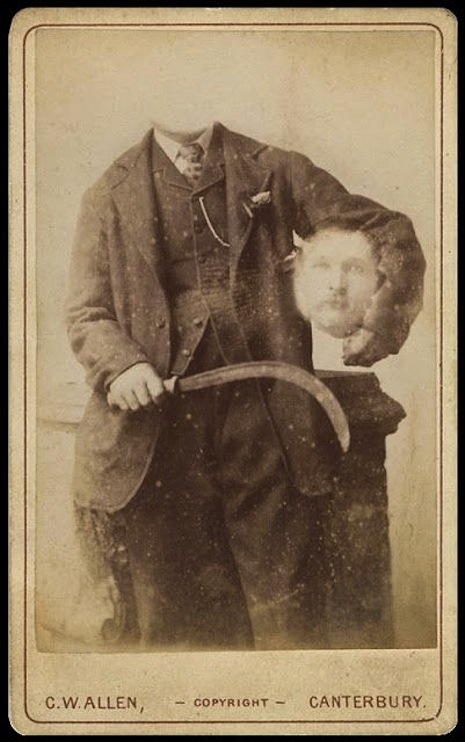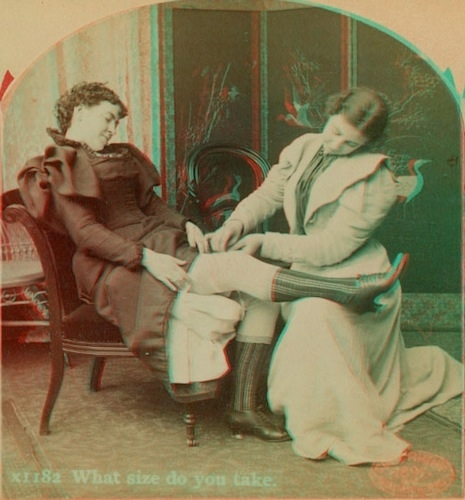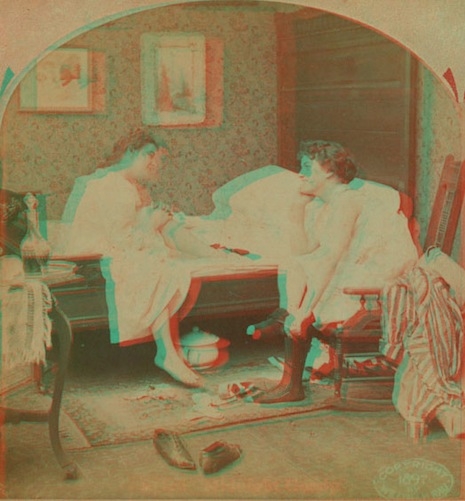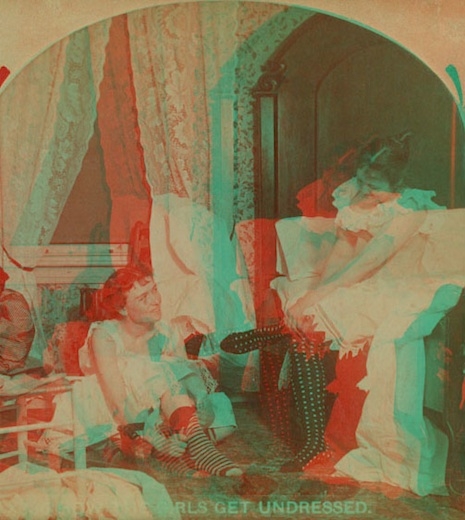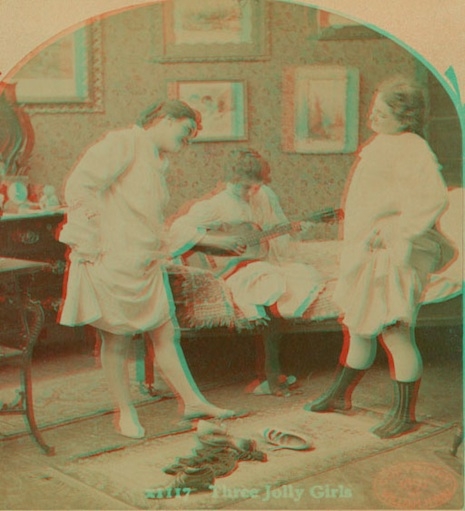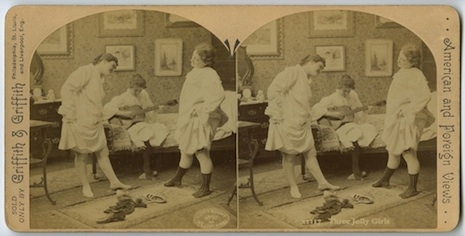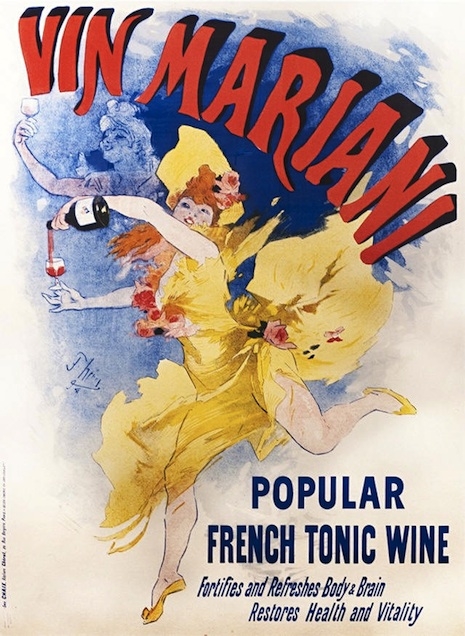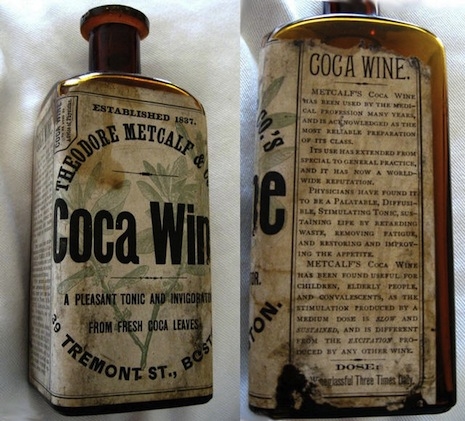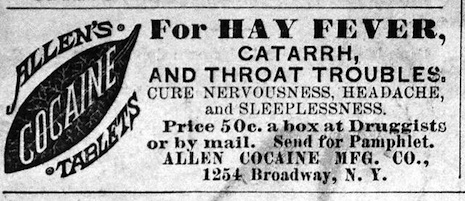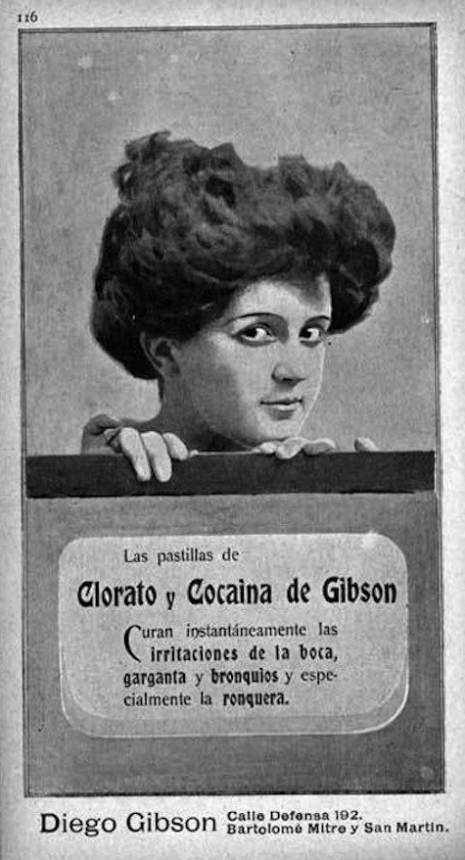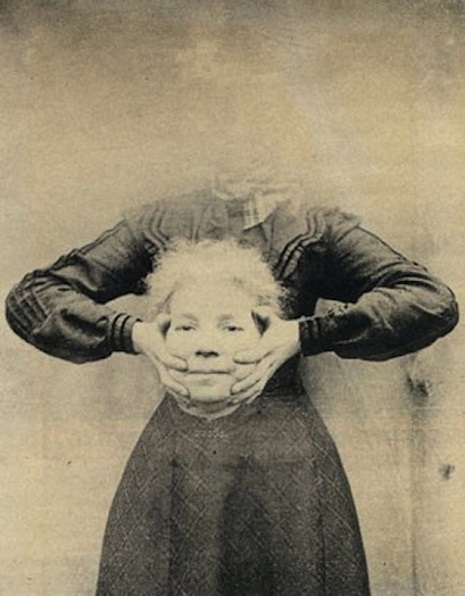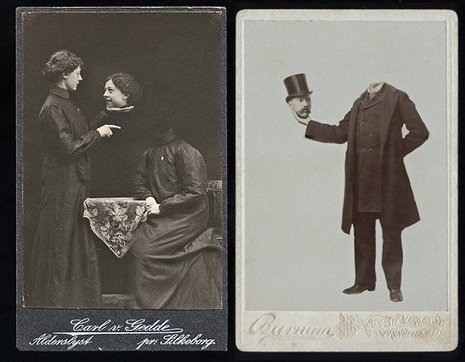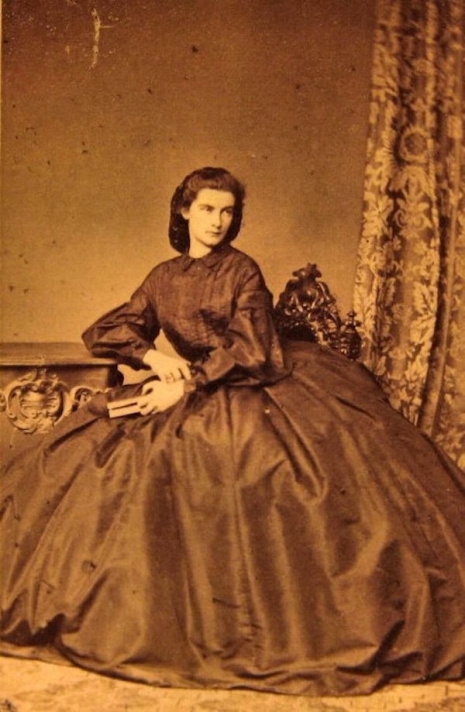
When I saw these photographs of Victorian women in their voluminous skirts and dresses, I wondered what I could say that hasn’t already been said by the usual suspects in historical books or feminists texts about patriarchy and fashion, etcetera, etcetera. I really don’t want to go down that path, but if you do there are plenty of sites out there that will supply the goods.
Honestly, my first thought when I saw these pictures was: “How the hell did these women go about their daily lives dressed like this?” It couldn’t have been easy. It couldn’t have been very practical or even remotely comfortable. But then, most fashion isn’t meant to comfortable—it’s about performance, it’s about dressing up to present a show. Victorian fashion was all about presentation—like the whalebone corsets worn to keep the female figure constrained, narrow-waisted, and artificially slim. Seems perverse to us today, but so might breast implants appear one day to our progeny’s progeny.
Fashion changed rapidly during the 19th-century with radical developments in industrialization, mass production, new techniques in printing patterns and colors, and the rise of the department store. At the start of the century, dresses were straight up-and-down maxi-lengthened Jane Austen-type garments made of linen and silk. By the 1820s, there was a flaring out of the hem and a widening of the hips to give women a more voluptuous and feminine shape.
This style of dress developed quite dramatically in the 1830s when such dresses ballooned out from the waist like a bell or a parachute, while the upper half of the body remained slim and pinched at the waist. Their bell-like shape was solely dependent on the hidden supporting structure of a bustle or crinoline cage suspended from the wearer’s waist. These “cages” were originally made of whalebone but were soon superseded by lighter more sturdy yet flexible “steel-hooped cage crinoline” in 1856.
Such hoop dresses or skirts were worn by all class of women. But it should be noted, these garments were often very hazardous as many working-class women lost their lives after their skirts were caught in machinery while many middle-class women perished after their dresses caught fire.
Rich women would have had a whole closet filled with various beautifully designed outfits. Lower class women usually had just the one outfit, which they kept fashionable by changing collars and cuffs or adding ribbons or a new layer of material.
Ultimately, the whole ensemble presented the image each of these women either wanted to or felt obliged to present.


More Victorian women in big-ass skirts, after the jump…






